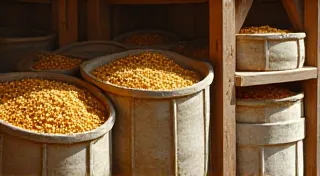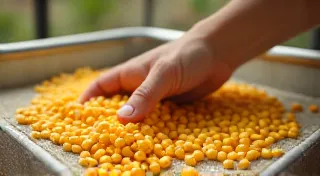Harvesting Heirloom Corn at its Peak
Growing heirloom corn is a rewarding experience, offering unique flavors and colors you won't find in commercial varieties. But all that effort means nothing if you harvest it at the wrong time. Knowing when and how to harvest your heirloom corn is crucial for achieving the best flavor, texture, and ensuring proper storage. This guide will explore the key signs of ripeness and the correct harvesting techniques for your heirloom corn crop.
Understanding Corn Ripeness
Unlike some vegetables where ripeness is easily judged by color, corn can be tricky. Relying solely on visual cues can lead to disappointment. Here’s a breakdown of what to look for:
- Silk Browning: The silks (the long strands that emerge from the ear) are the first visible indicator. When they turn from green to brown and start to curl inward, the kernels are nearing maturity.
- Kernel Milk Test: This is the most reliable test. Gently break a kernel open. If a milky liquid oozes out, the corn is ready for sweet corn varieties. If the liquid is starchy and pasty, it's likely ready for flour corn or other varieties that aren’t eaten fresh. Note: This test is best done several days after the silks began browning.
- Kernel Appearance: The kernels should be plump and filled out. They should transition from a vibrant green to a yellowish or creamy color, depending on the heirloom variety.
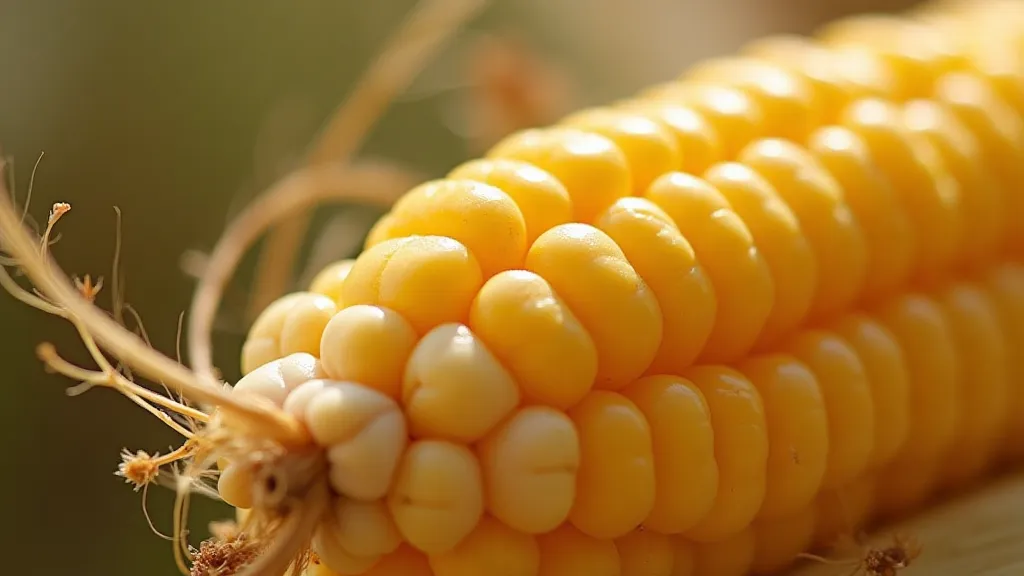
Harvesting Techniques
Once you’re confident your corn is ripe, proper harvesting techniques are important to minimize stress on the plant and maximize your yield.
Timing is Key
Harvest corn early in the morning when the kernels are at their sweetest. The sugars in corn convert to starch quickly after reaching full maturity, so delaying harvest can diminish flavor.
The Twisting Method
The best way to harvest corn is using the twisting method. Grasp the ear firmly near the stalk. Twist the ear sharply, pulling it downwards. This method removes the ear cleanly from the stalk, minimizing damage to the plant.
Handling the Harvest
Handle the ears gently to avoid bruising the kernels. Bruised kernels are more susceptible to spoilage.
Post-Harvest Storage
Proper storage extends the life of your heirloom corn harvest.
- Fresh Corn: Store unhusked ears in a cool, humid place, like a root cellar or a refrigerator. Use within a few days for optimal flavor.
- Drying Corn: For corn intended for flour or other dried uses, hang the ears in a well-ventilated, dry area until the kernels are completely dry. This can take several weeks.
- Freezing Corn: Cut the kernels from the cob and blanch them before freezing for longer storage.
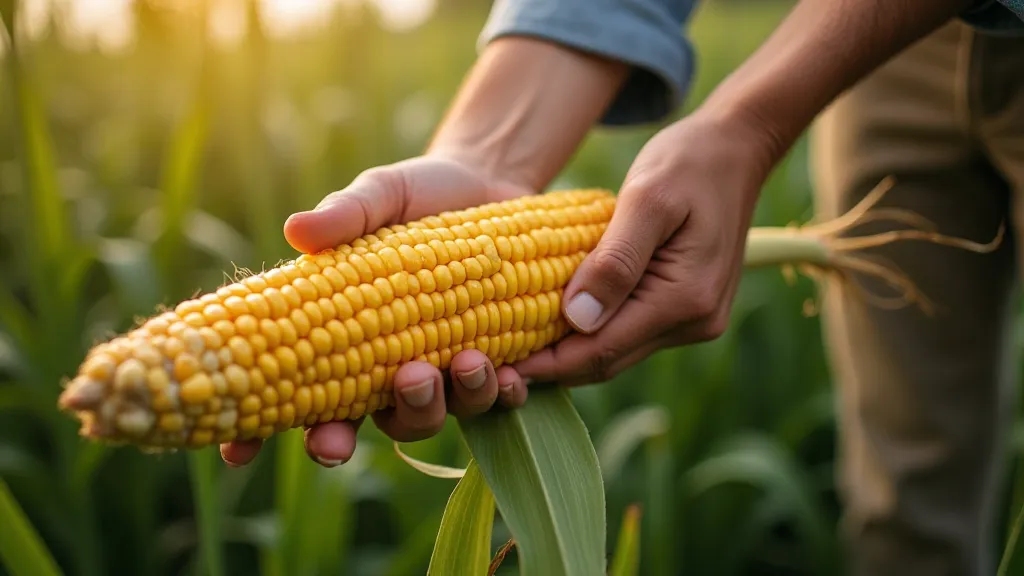
Variety Considerations
Remember that different heirloom varieties may ripen at slightly different times and exhibit different signs of ripeness. Research your specific varieties to fine-tune your harvesting schedule. For example, flour corn typically requires longer drying times compared to sweet corn.
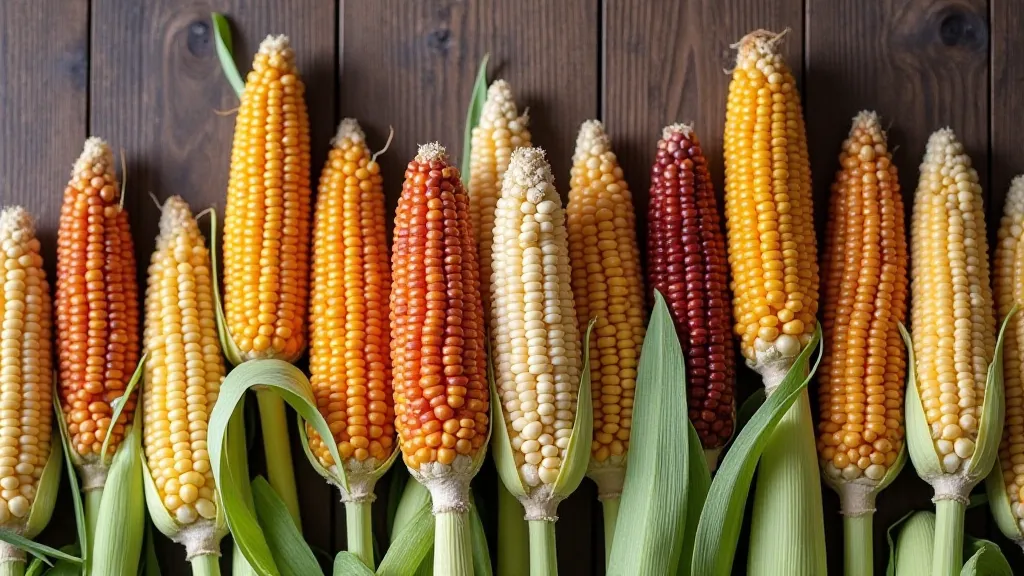
Conclusion
Successfully harvesting heirloom corn at its peak requires observation, attention to detail, and a bit of practice. By understanding the signs of ripeness and employing the correct techniques, you can enjoy the unique flavors and benefits of your homegrown heirloom corn. Happy growing!



